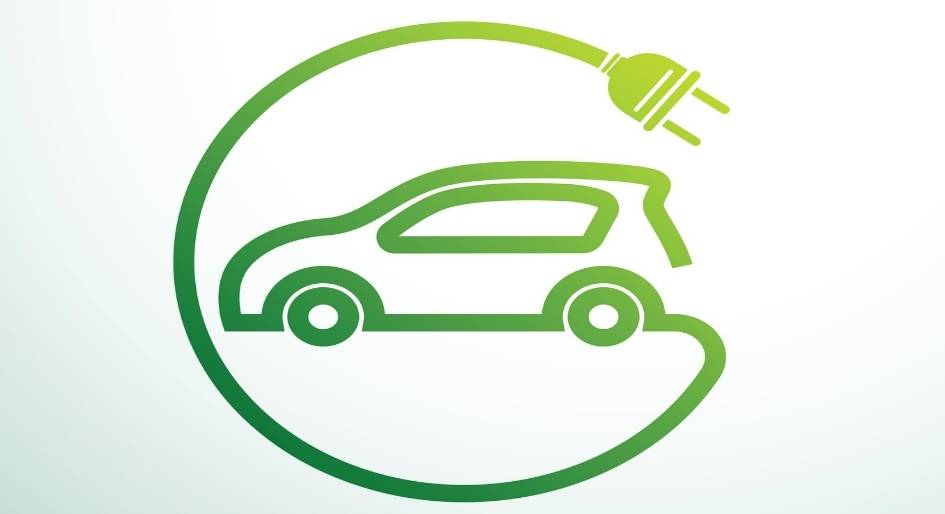This compares with just 2.6 per cent in 2019, the year of the last UN Climate Change Conference…reports Asian Lite News.
Passenger electric vehicle sales are set to jump over 80 per cent in 2021 to 5.6 million units, off the back of unprecedented industry and government commitments around the world over the last two years, according to the Zero-Emission Vehicles Factbook, a special report published on Wednesday by BloombergNEF (BNEF), at the request of the UK COP26 Presidency and in partnership with Bloomberg Philanthropies.
The Factbook documents the progress that has been made towards global net-zero emissions in the road transport sector, and shows that the future is brighter than ever for zero-emission vehicles.
In the first half of 2021, sales of passenger electric vehicles (including battery electric, plug-in hybrid and fuel cell vehicles) were 140 per cent higher than the same period in 2019, reaching seven per cent of global passenger vehicle sales.
This compares with just 2.6 per cent in 2019, the year of the last UN Climate Change Conference.
The total global fleet of passenger electric and fuel cell vehicles now totals nearly 13 million, of which 8.5 million are true zero-emission vehicles (ZEVs), either battery electric or fuel cell (still, fuel cell vehicles account for a fraction of that total).
The latter figure is up from just 4.6 million at the time of COP25. At the same time, by 1H 2021, the global fleet of zero-emission buses has increased by 22 per cent since 2019, and the report expects 18 per cent of all municipal buses on the road to be zero-emission at the end of 2021.
What is more, the future looks brighter than ever.
A review of industry outlooks shows that zero-emission vehicle forecasts have been raised across the board. BNEF’s own forecast for the global ZEV fleet in 2040 has been raised from 495 million vehicles in its 2019 forecast, to 677 million in its 2021 Electric Vehicle Outlook.
The International Energy Agency (IEA) has raised its 2030 battery electric vehicle fleet forecast by seven per cent since 2019, while the Organisation of the Petroleum Exporting Countries (OPEC) has raised its 2040 estimate for the global electric and fuel cell vehicle fleet by 11 per cent.
Underpinning these stronger forecasts are a range of factors, including improving battery technology and costs, faster roll-outs of charging infrastructure, a wider range of vehicle models on offer to customers, and longer range and faster charging speeds available on the newest vehicles. Each of these factors is discussed in detail in the report.
The report is launched in time for Transport Day of COP26, where a coalition of government and global car industry leaders working towards 100 per cent zero-emission new car, van and HGV sales by 2040, will come together, helping to keep 1.5 degrees within reach.
UK Transport Secretary Grant Shapps said: “Accelerating towards a greener future is the UK’s key priority and I am delighted to see our tremendous efforts towards greening transport reflected in this report. Decarbonising transport is key to conserving our planet and creating new UK jobs. Today marks a very proud moment in history as governments around the world come together behind 100 per cent zero emission car, van and HGV sales by 2040.”
ALSO READ-Rafael Nadal promotes the use of Kia’s electrical vehicles with new EV6

